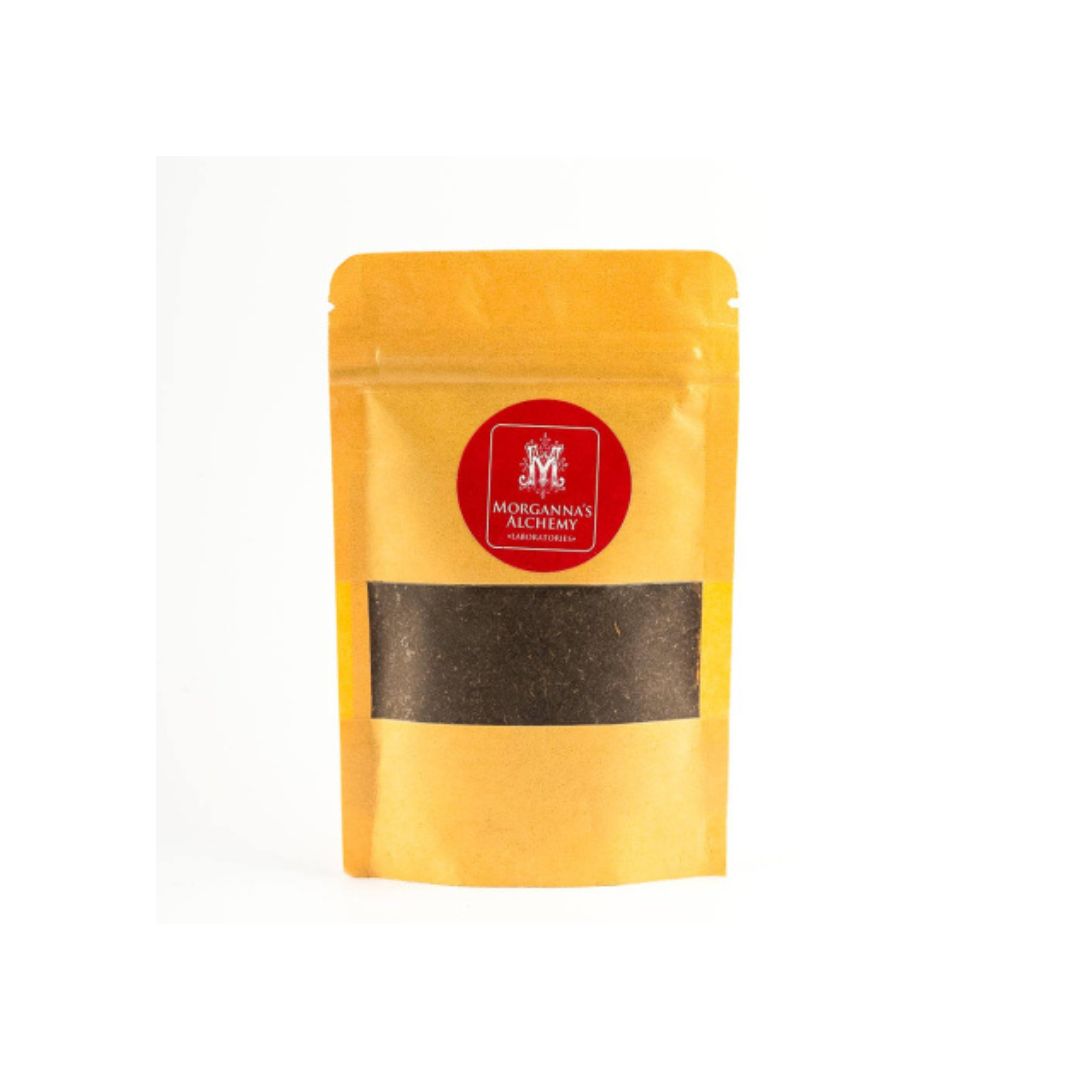Exfoliation is one of the most talked-about steps in skincare. Everyone wants smooth, glowing skin, but there’s a lot of confusion about what scrubs actually do. People often think that scrubbing harder or more often will fix all skin problems. The truth is, exfoliation is helpful but only if done right. Using the best exfoliating face scrub for sensitive skin or the right product for your type matters more than how aggressively you scrub.
Myth 1: Scrubs Make Your Skin “New” Instantly
Many believe that exfoliating will completely renew the skin overnight. In reality, scrubs remove dead skin cells from the surface, which can make skin feel softer and look brighter temporarily. They don’t change the deeper layers of skin. Choosing a gentle exfoliating face scrub for dry skin can help prevent irritation while still providing noticeable smoothness. Ingredients like fine sugar, jojoba beads, or rice powder can slough off dead cells without causing micro-tears.
Myth 2: More Scrubbing Equals Better Results
It’s easy to assume that scrubbing harder or more often leads to faster results. Over-exfoliation can actually damage your skin barrier, causing redness, dryness, or even breakouts. People with oily skin often think vigorous scrubbing will prevent clogged pores. Instead, a carefully formulated exfoliating face scrub for oily skin used 2–3 times per week is usually sufficient. Gentle circular motions are better than harsh scrubbing.
Myth 3: All Exfoliants Work the Same
Scrubs are not one-size-fits-all. Your skin type should guide your choice. Sensitive skin responds well to soothing scrubs with calming ingredients like oatmeal, chamomile, or aloe vera. Dry skin benefits from hydrating scrubs containing natural oils, honey, or shea butter. Oily skin can handle slightly stronger scrubs that include charcoal, clay, or fruit enzymes. Using the right product ensures effective exfoliation without over-drying or irritating your skin.
Myth 4: You Don’t Need Moisturizer After Exfoliating
Exfoliation can strip natural oils, so applying a moisturizer afterward is important. Pairing scrubs with gentle creams or serums helps replenish hydration and repair the skin barrier. For dry skin, rich creams or facial oils work well. Sensitive skin types may benefit from lightweight moisturizers with calming ingredients like calendula or aloe. For oily skin, gel-based moisturizers can hydrate without making the skin greasy.
Myth 5: Scrubbing Alone Prevents Breakouts
Exfoliation helps remove dead skin cells and unclog pores, but it’s not a cure-all. Acne can be caused by hormonal changes, diet, or bacteria. Combining exfoliation with cleansing, targeted treatments, and sunscreen provides better results. Using the best exfoliating face scrub for sensitive skin or other scrubs appropriate for your skin type is just one part of a complete skincare routine.
Choosing and Using Scrubs Wisely
- Stick to 1–3 times a week, depending on your skin type.
- Use light pressure to avoid damaging your skin.
- Focus on ingredients that match your needs: oatmeal, sugar, jojoba beads, clay, or fruit enzymes.
- Always follow up with moisturizer and sun protection.
Before You Go
Exfoliation is a simple yet powerful step when done correctly. Understanding what scrubs can and cannot do helps prevent mistakes and promotes healthier skin. Selecting the right product, like an exfoliating face scrub for dry skin, or one for sensitive or oily skin, can make a noticeable difference in texture, brightness, and overall skin comfort.





Comments